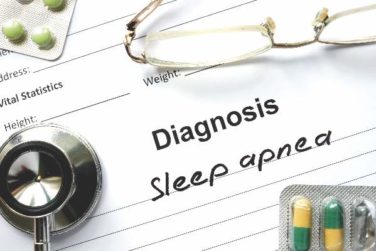EXPERT ANALYSIS FROM 2016 GRAPPA ANNUAL MEETING
MIAMI (FRONTLINE MEDICAL NEWS) – The Psoriasis Symptom Inventory measure could help rheumatologists more easily gauge the severity of moderate to severe psoriasis. The eight-item tool in development correlates well with the Psoriasis Area and Severity Index and is easier to use in rheumatology settings, according to a presentation at the annual meeting of the Group for Research and Assessment of Psoriasis and Psoriatic Arthritis.
“One of the ways it can be useful is in a rheumatology setting [to gauge psoriasis severity] when you’re looking at psoriatic arthritis patients,” said Philip J. Mease, MD. But “you might ask: Why is this of utility when we have an actual physical examination score like the PASI [Psoriasis Area and Severity Index] score?”
“Arguably, rheumatologists really don’t do PASI scores at all, practically speaking. If they do them, the quality of the evaluation is more questionable than [when] done by a dermatologist,” Dr. Mease said at the meeting.
The Psoriasis Symptom Inventory (PSI) focuses on redness, scaling, burning, stinging, peeling, flaking, and pain of skin lesions. The instrument was “rigorously developed by a team at Amgen that worked on it with patient groups and others to come up with a patient-reported outcome [tool],” said Dr. Mease, a rheumatologist at the Swedish Medical Center in Seattle. The first question, for example, is: “During the last 24 hours, how severe was the itch from your psoriasis?” Responses range from “not at all” to “very severe.”
Other researchers compared the PSI to PASI to assess symptom severity and clinical status changes, and the PSI “correlates very well,” Dr. Mease said ( J Dermatolog Treat. 2014 Feb;25[1]:8-14 ). In addition, others have validated the PSI in both psoriasis and psoriatic arthritis and suggest a role in research ( J Dermatolog Treat. 2013 Aug;24[4]:255-60 ).
“In a registry or clinical trial setting, this would be a very simple, eight-question patient-reported outcome that … could be employed as a potential substitute for the PASI where it may not be practical,” Dr. Mease said. The PSI can be adjusted to ask about symptoms over the previous 24 hours or past 7 days.
A current limitation is that “we don’t know how this instrument performs in patients with low body surface area psoriasis,” Dr. Mease said. Typically, psoriasis studies enroll participants with at least 10% body surface area involvement. During the Q&A, an attendee pointed out that even less than 3% body surface area psoriasis is relevant in clinical practice. Dr. Mease agreed, and said a future registry study could validate the PSI in this patient population. “There are discussions now with Amgen to possibly use the PSI in the CORRONA registry of psoriatic patients,” he said. “Because of its rigorous development and high psychometric properties, it would be great if it could be used more broadly. I know there are discussions going on in that regard.”
Amgen is evaluating responder definitions for the PSI that correlate with PASI-50, –75 and –90 responses. The firm is also looking at ways to share the PSI instrument with clinicians and researchers. Brian Ortmeier, executive director at Amgen in Los Angeles and one of the developers of PSI, said at the GRAPPA meeting, “Our intent is get the PSI out into the public domain as a disease management tool.”
Dr. Mease is a consultant to and speaker for Amgen and receives research support from the company.






